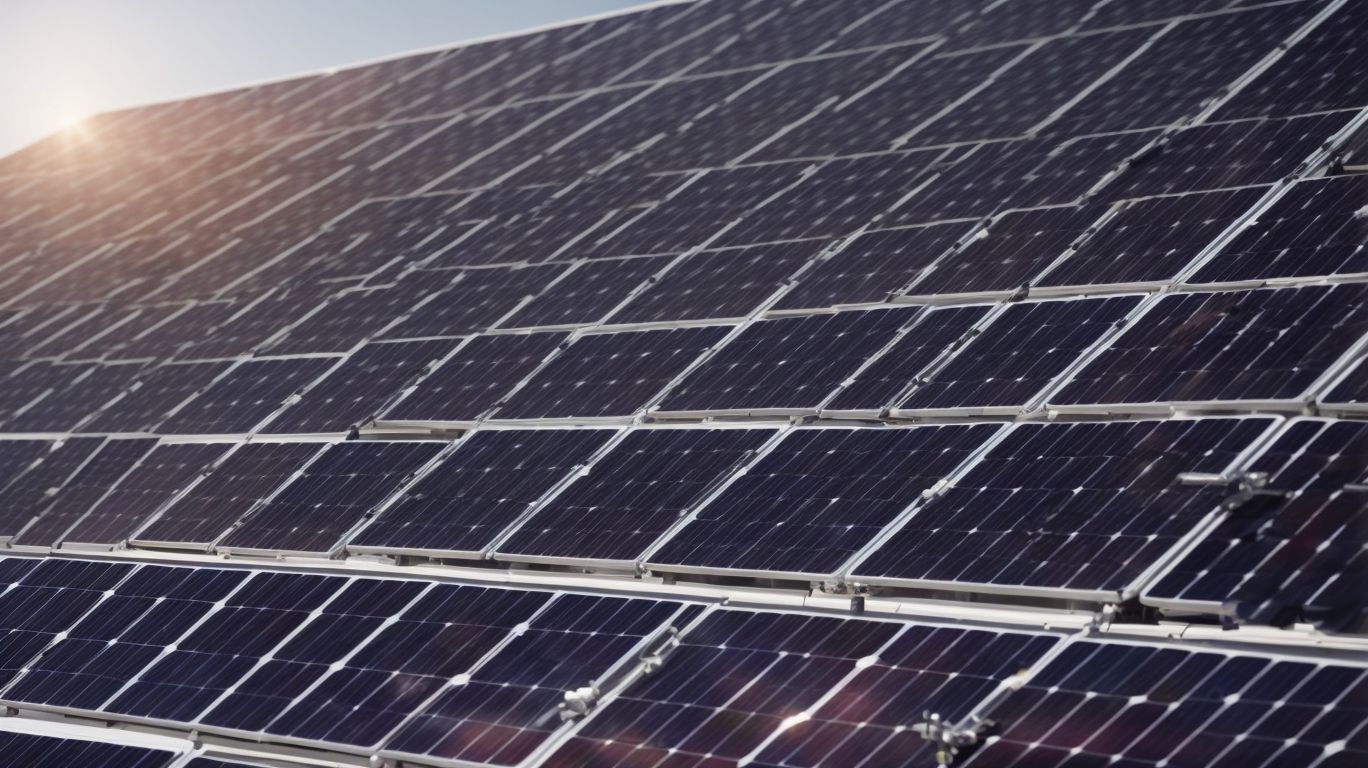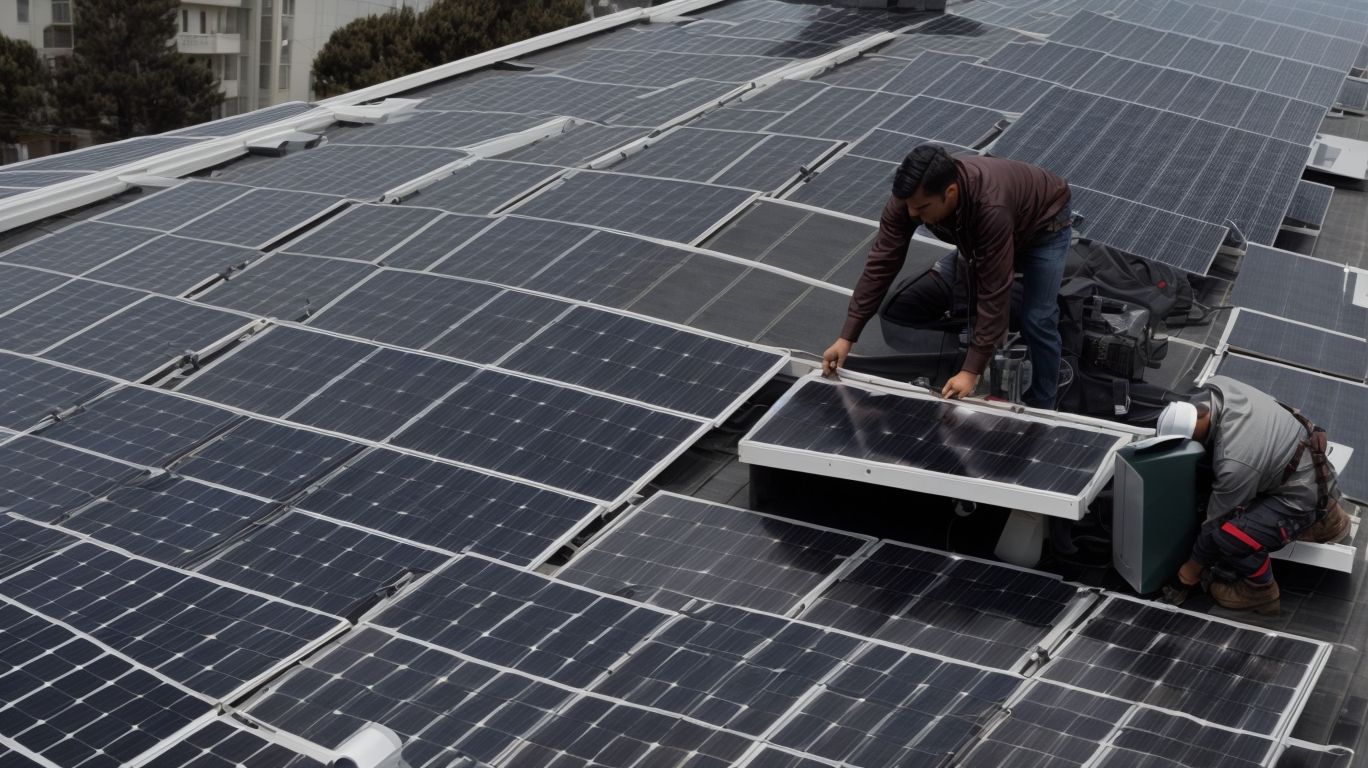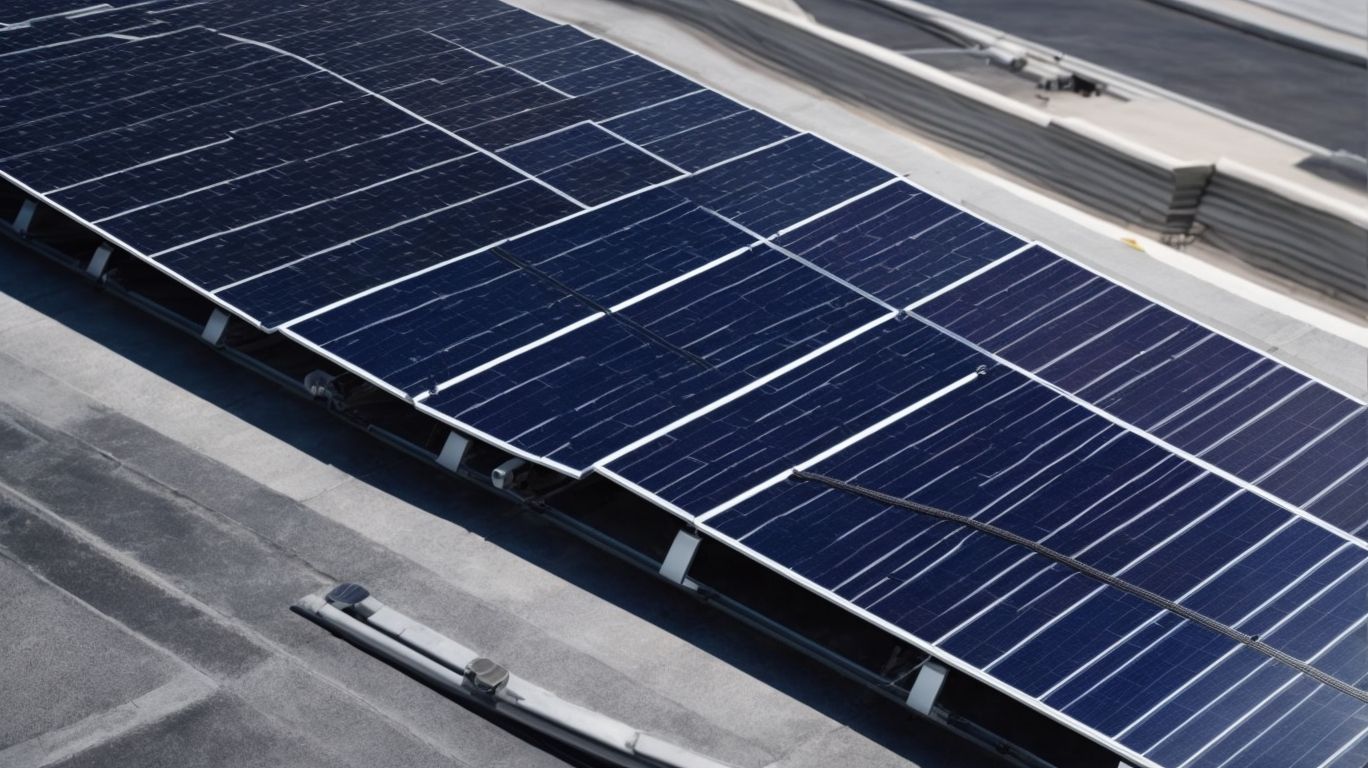
Myths and Misconceptions About Solar Panel Supports
Considering installing solar panels but have hesitations due to common myths and misconceptions?
In this article, we will debunk the most prevalent myths surrounding solar panel supports.
From the belief that solar panels only work in sunny climates to the misconception that they are too expensive, we will provide you with the facts to help you make an informed decision.
Discover the truth about solar panels and learn about the benefits of using solar panel supports for your home.
What Are the Most Common Myths About Solar Panel Supports?
There are several prevalent myths surrounding solar panel supports that often lead to misconceptions and concerns among consumers.
One common myth is that solar panels need extremely heavy and rigid supports to properly function. In truth, modern solar panels are designed to be lightweight and versatile. The support structures for solar panels are engineered to be durable yet lightweight, ensuring they can withstand various weather conditions while also allowing for easy installation. Industry standards dictate specific load requirements for supports, and materials such as aluminum and stainless steel are commonly used due to their strength and ability to resist corrosion, debunking the misconception that heavy supports are necessary for solar panels.
Myth #1: Solar Panels Only Work in Sunny Climates
One of the common myths about solar panels is that they can only generate energy in sunny climates, but in reality, solar technology allows for energy production even in less sunny regions.
This is made possible through advancements in solar panel efficiency and design, enabling them to capture and convert sunlight into electricity more effectively.
In fact, solar panels can still generate power on cloudy days or in areas with high levels of humidity, showcasing their versatility in various climates.
The impact of solar power on renewable energy sources is significant, as it reduces our reliance on fossil fuels and helps combat climate change.
The development of solar technologies that can harness energy even in low light conditions has revolutionized the renewable energy sector, making solar power a more reliable and sustainable option for the future.
Myth #2: Solar Panels Are Too Expensive
Another prevalent myth revolves around the cost of solar panels, often leading to the misconception that they are unaffordable. The installation of solar panels has become more cost-effective over time.
Advancements in solar technology, increased manufacturing efficiency, and government incentives have contributed to the affordability of solar panel installations. By harnessing the power of the sun, individuals can not only reduce their carbon footprint but also significantly lower their energy bills. The long-term savings associated with solar energy are substantial, as homeowners can generate their electricity and even earn credit for excess energy produced. This shift towards renewable energy sources aligns with the growing environmental consciousness and the need for sustainable solutions in today’s world.
Myth #3: Solar Panels Are Ugly and Will Decrease My Home’s Value
There is a misconception that solar panels are aesthetically unpleasing and may reduce the value of a home, but the benefits of solar energy and modern design considerations can enhance the overall appeal of a property.
High-quality solar panels can now be integrated seamlessly into various types of roofs, adding a sleek and contemporary look to the architecture. Designers are increasingly finding innovative ways to incorporate solar technology into buildings, creating visually striking installations that blend functionality with style. By carefully selecting the placement and aesthetic features of solar panels, such as frameless designs or color options, homeowners can elevate the appearance of their property while reaping the long-term financial benefits of sustainable energy production.
Myth #4: Solar Panels Require Constant Maintenance
One common misconception is that solar panels demand regular maintenance, which can deter potential users. The durability of modern solar panels reduces the need for constant upkeep.
Solar panels are designed to withstand various weather conditions, making them a resilient and long-lasting energy solution. With minimal moving parts, these panels require little maintenance to function efficiently. Routine checks for debris buildup and occasional cleaning are typically all that is needed to ensure optimal energy output. This low maintenance aspect of solar panels not only simplifies the user experience but also contributes to their cost-effectiveness over time.
Myth #5: Solar Panels Are Not Durable and Will Not Last Long
There is a misconception regarding the durability of solar panels, with some believing they lack longevity. In reality, solar panels are designed to withstand environmental factors and maintain structural integrity over many years.
These panels are built with materials that are highly resistant to extreme weather conditions such as hail, snow, and wind. Their tempered glass covers provide protection against physical impact. The design of solar panels also includes features like sturdy frames and secure mounting systems to prevent any damage from vibrations or heavy loads. All these design considerations not only ensure the longevity of solar panels but also contribute to their overall performance and efficiency.
Why Are These Myths False?
These myths are based on outdated information and misunderstandings about solar technology, which has evolved to be more sustainable, efficient, and environmentally friendly.
Advancements in solar technology have sparked a revolution in the energy sector, challenging the traditional beliefs that held back the adoption of solar energy. By debunking these misconceptions, it becomes apparent that solar power is a viable and reliable source of renewable energy. Sustainability is at the core of modern solar solutions, as they offer a clean and green alternative to fossil fuels. The efficiency gains in contemporary solar panel systems have made them more cost-effective and accessible to a wider range of consumers, paving the way for a greener future.
Debunking Myth #1: Solar Panels Can Work in Any Climate
Modern solar panels are engineered to perform well in various climates, ensuring optimal energy output regardless of the weather conditions, thanks to their weather-resistant features.
Solar panels are designed with innovative technologies that help them adapt to extreme temperatures, from scorching deserts to snowy mountains. In hot climates, panels are equipped with cooling mechanisms to prevent overheating, while in colder regions, they have heating elements to ensure optimal efficiency. Advanced materials and coatings are used to protect panels from harsh elements like hail, strong winds, and heavy rain, allowing them to maintain consistent performance over time. These cutting-edge features contribute to the longevity and reliability of solar panels, making them a sustainable energy solution across diverse climates.
Debunking Myth #2: Solar Panels Can Save You Money in the Long Run
Contrary to the belief that solar panels are expensive, they offer significant long-term savings through reduced energy bills and increased energy output, making them a cost-effective investment.
Not only do solar panels provide environmental benefits by harnessing clean, renewable energy, but they also have a positive impact on finances. The initial investment in solar panel installation can be offset by the savings on electricity bills over the years. The increased energy output generated by solar technology means that homeowners can even sell excess energy back to the grid, further enhancing the financial benefits of going solar. This additional source of income can significantly contribute to the overall cost-effectiveness of solar panel installations.
Debunking Myth #3: Solar Panels Can Actually Increase Your Home’s Value
Installing solar panels can enhance the value of a home by offering energy efficiency, sustainability, and potential cost savings, all of which contribute positively to the property’s overall appeal.
- Homebuyers are increasingly drawn to properties with renewable energy sources like solar panels due to the long-term financial benefits they provide.
- The orientation of solar panels is crucial for maximizing their effectiveness, as positioning them to receive optimal sunlight exposure can significantly increase energy production.
In addition to cost savings on utility bills, sustainable features like solar panels also appeal to environmentally-conscious buyers looking for eco-friendly homes. By investing in solar energy, homeowners not only reduce their carbon footprint but also create a more attractive and valuable property for potential buyers.
Debunking Myth #4: Solar Panels Require Minimal Maintenance
While some maintenance is necessary, the overall upkeep required for solar panels is minimal, mainly consisting of periodic inspections and cleaning to ensure optimal performance and longevity.
During installation, it is crucial to secure the panels effectively on the roof or in a strategic location with maximum sunlight exposure.
After the initial setup, homeowners can maintain efficiency by regularly monitoring for debris accumulation, such as leaves or bird droppings, which can hinder sunlight absorption. Utilizing a soft brush or a gentle spray with water can effectively clean the surface of the panels without causing damage.
Checking the wiring and connections for any signs of wear or corrosion is recommended to prevent any electrical issues in the system.
Debunking Myth #5: Solar Panels Are Durable and Can Last for Decades
The durability of solar panels is a key feature that allows them to operate efficiently for decades, meeting industry standards for quality and longevity in energy production.
Engineers ensure this durability through the use of high-quality materials and meticulous attention to load capacity. By selecting robust components that can withstand environmental stressors and regular wear and tear, solar panels are able to maintain their structural integrity over time. This structural soundness is crucial for ensuring that solar panels can generate electricity reliably year after year, making them a sustainable and cost-effective investment for renewable energy usage.
What Are the Benefits of Using Solar Panel Supports?
Utilizing solar panel supports offers a range of benefits, including improved energy efficiency, optimal sunlight exposure, and enhanced structural stability for solar installations.
These supports play a crucial role in maximizing the performance of solar panels by positioning them at the ideal angle to receive sunlight throughout the day. By securing the panels in place, they prevent shifting or damage that could occur in extreme weather conditions, thus prolonging the lifespan of the system. The use of quality supports ensures that the solar panels are able to withstand strong winds and other environmental factors, making them a reliable and long-term investment in renewable energy technology.
How Can I Choose the Right Solar Panel Support for My Home?
Selecting the appropriate solar panel support for your home involves considerations such as installation requirements, optimal tilt angles, and compatibility with your existing solar setup.
- When choosing the right solar panel support, it’s crucial to assess the specific installation needs of your property. Factors like roof structure, available space, and local weather conditions play a key role in determining the most suitable mounting option.
- Understanding the significance of tilt angles is essential for maximizing energy production. Optimal tilt angles vary depending on your location and can significantly impact the efficiency of your solar panels.
- Ensuring that the support system is compatible with different types of solar panels is essential for seamless integration and long-term performance.




No Comments